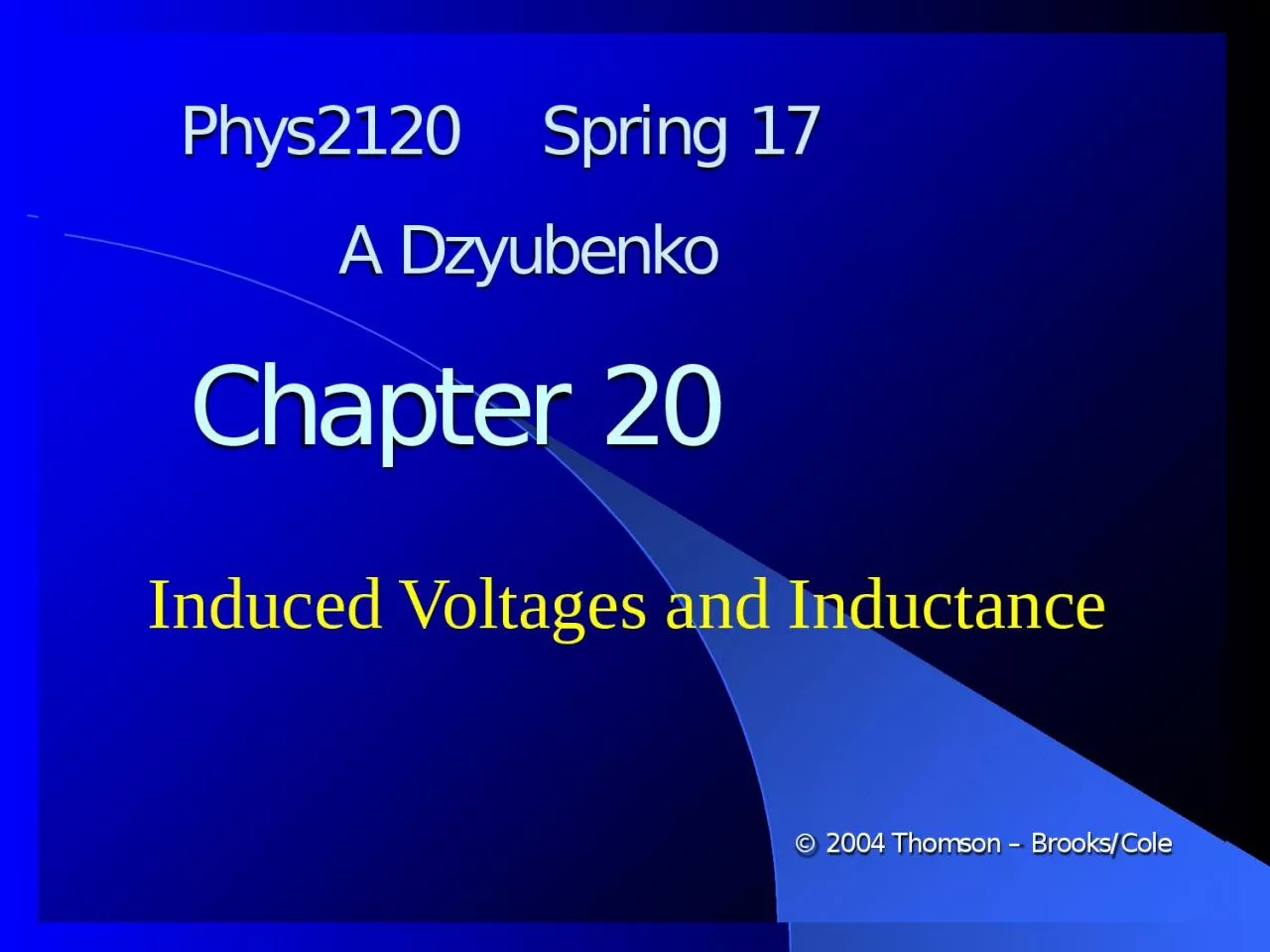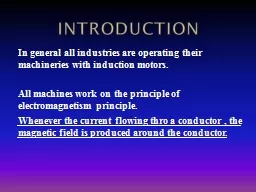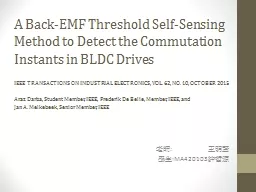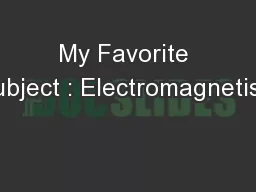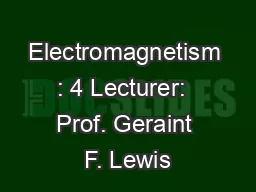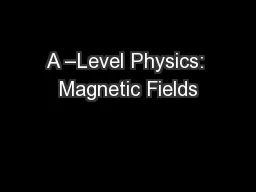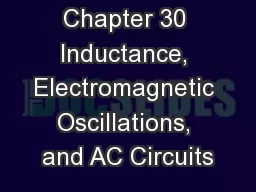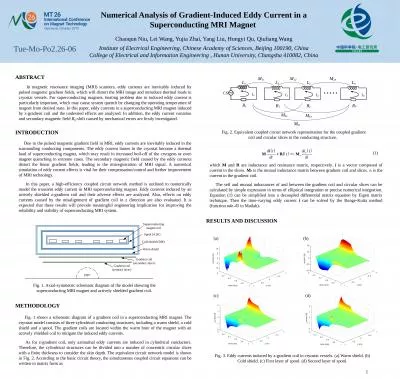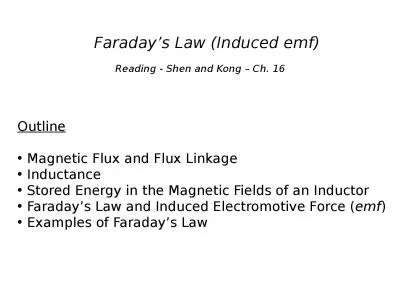PPT-Induced emf A secondary coil
Author : joyce | Published Date : 2023-10-26
is connected to an ammeter A primary coil is connected to a battery A current can be produced by a changing magnetic field First shown in an experiment by Michael
Presentation Embed Code
Download Presentation
Download Presentation The PPT/PDF document "Induced emf A secondary coil" is the property of its rightful owner. Permission is granted to download and print the materials on this website for personal, non-commercial use only, and to display it on your personal computer provided you do not modify the materials and that you retain all copyright notices contained in the materials. By downloading content from our website, you accept the terms of this agreement.
Induced emf A secondary coil: Transcript
Download Rules Of Document
"Induced emf A secondary coil"The content belongs to its owner. You may download and print it for personal use, without modification, and keep all copyright notices. By downloading, you agree to these terms.
Related Documents

